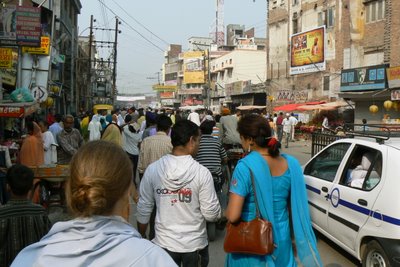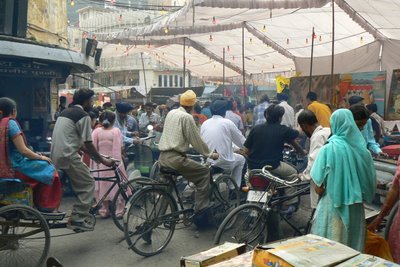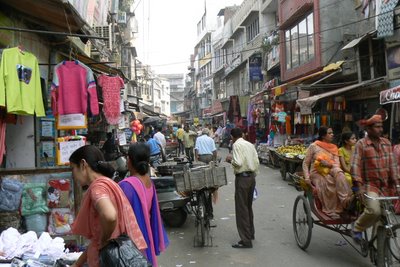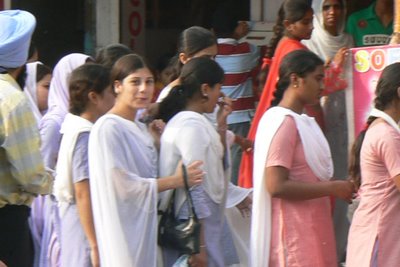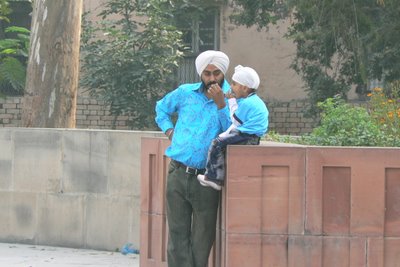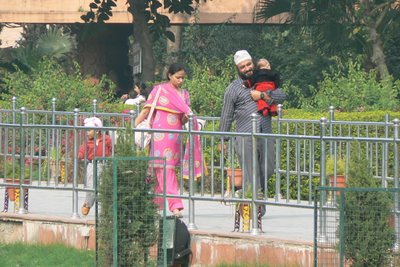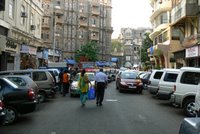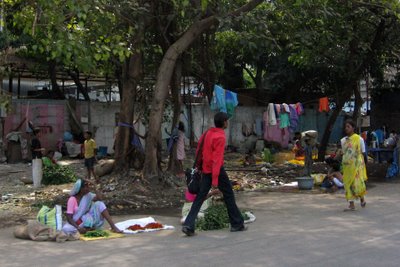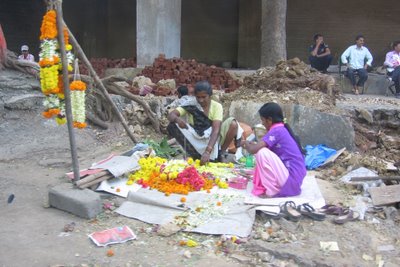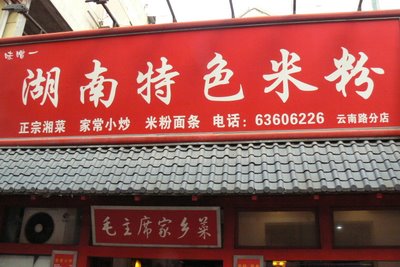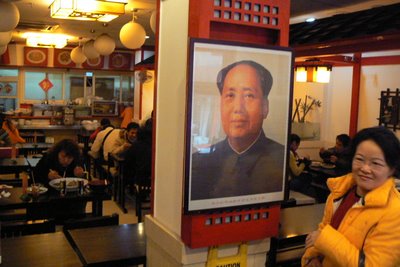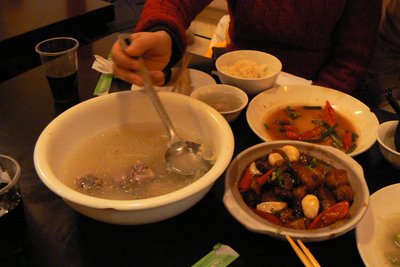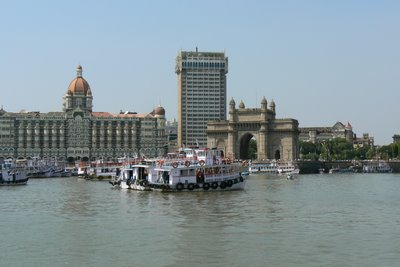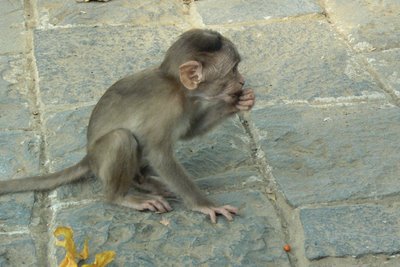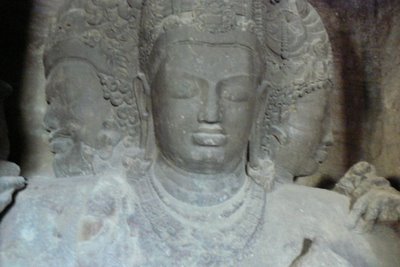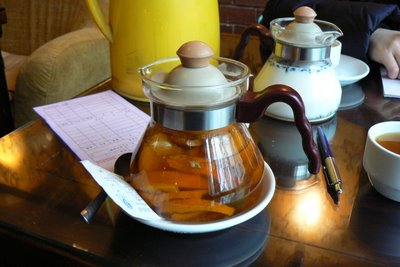-Hans, "Naked Lunch" (1991)
 This update is about an American-style restaurant in Shanghai, City Diner. I've talked before about foreign food in Shanghai, basically I've written it all off as boring and too expensive. I still eat my fair share, and I think there's some OK places, although they all have their caveats. For instance I recently visited Moon River Diner, a chain with decent food that copies the feeling of walking into the set of Happy Days, with the 50s style decor and all that. A nice place, if nothing amazing, but the locations are inconvenient, and it's about ten times more expensive than the neighborhood places near where I live or work.
This update is about an American-style restaurant in Shanghai, City Diner. I've talked before about foreign food in Shanghai, basically I've written it all off as boring and too expensive. I still eat my fair share, and I think there's some OK places, although they all have their caveats. For instance I recently visited Moon River Diner, a chain with decent food that copies the feeling of walking into the set of Happy Days, with the 50s style decor and all that. A nice place, if nothing amazing, but the locations are inconvenient, and it's about ten times more expensive than the neighborhood places near where I live or work. City Diner is a competitor, with one major advantage: it's located fairly near my apartment, alongside a somewhat seedy strip of Western bars. I've been past the area a few times, somehow I had missed that a place called City Diner was there. Or maybe I had seen it and just didn't think much of it. Come last week, I was about to pass it by, when I remembered reading that it had won a chili cook-off a few months back.
City Diner is a competitor, with one major advantage: it's located fairly near my apartment, alongside a somewhat seedy strip of Western bars. I've been past the area a few times, somehow I had missed that a place called City Diner was there. Or maybe I had seen it and just didn't think much of it. Come last week, I was about to pass it by, when I remembered reading that it had won a chili cook-off a few months back.
City Diner also goes for a Happy Days theme, with the old-style Coca-Cola ads and Rock Hudson movie posters, and Otis Redding on the jukebox. It even has a blackboard that helpfully lists the soup of the day as "soup."
 But overall it's not over-the-top about it, and while there's the Happy Days elements, it's mostly subdued decor, shiny black tables, wide windows overlooking the street below, and so forth. I went for lunch on a weekday, it almost had the feel of an office - it was entirely foreigners with laptops.
But overall it's not over-the-top about it, and while there's the Happy Days elements, it's mostly subdued decor, shiny black tables, wide windows overlooking the street below, and so forth. I went for lunch on a weekday, it almost had the feel of an office - it was entirely foreigners with laptops.

Of course that's all ancillary to the meal, and here I don't want to equivocate: the food was awful. Ghastly. Not good. Dissatisfactory. Starting with the chili:
The chili came topped with a little cheese and sour cream and with a side of cornbread, like they do it in Texas! It was listed in the soup section of the menu, and that should have tipped me off: it was overly watery, and I was given a spoon to eat it with. Worse still, the taste was incredibly simple, and not at all spicy, even though the "5 alarm chili" name implies some kind of fire hazard. Being an American-style diner I reached over for the Tabasco Sauce, but they didn't have any.
It got me very curious. I'd rather eat canned chili with a dollop or two of hot sauce. How did this win any kind of competition? I theorize it was cooked a week before and had lost something in the meantime, and also that the competition was very weak, and also that the cook was working very loosely from the diner's recipe. There's probably a few other factors involved that skip my mind. After the first bite I considered asking for my money back, but I hate being one of "those guys."
There's a sucker born every minute, so still feeling hungry after the chili, I ordered pumpkin pie. I've actually been jonesing for some, I haven't had any pie in the last two years!
The pie was goopy and mediocre. It was a little strange to have only a dark butterscotch sauce and no whipped cream, but actually the butterscotch sauce was pretty good. Also the soda was free-refills, it was like being back in the US! They used a large pitcher though. It's easier for the waiter, but it let the soda go flat by the time he poured it.
All in all it cost me a locally-exorbitant $10, was incredibly boring, and there's no way I would ever return. Well...I did notice some onion-garlic bagels on the way out, maybe I'll get one to go someday. 
I hope this update doesn't sound like an angry strike back at a restaurant I'm particularly upset about. City Diner was pretty much on par for Western restaurants in Shanghai: a familiar menu, too expensive, and with incompetent execution. There's better Western food to be found at Burger King, just a few minute's walk away.


